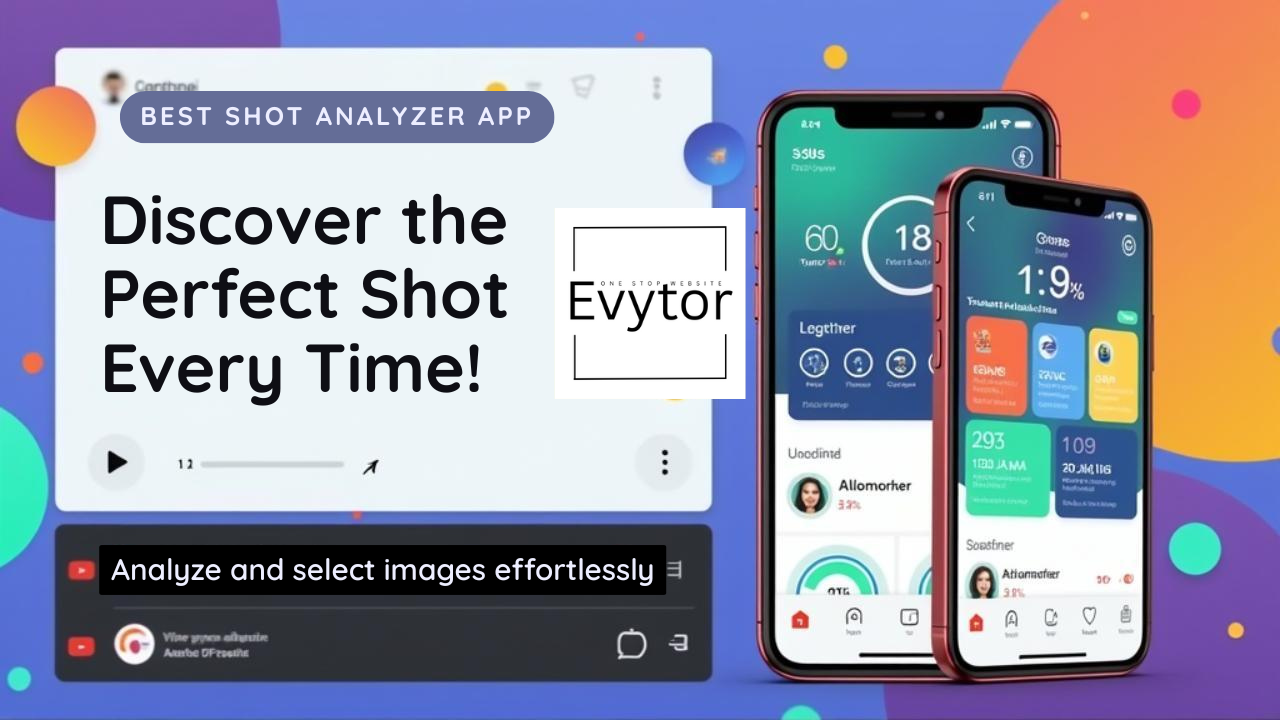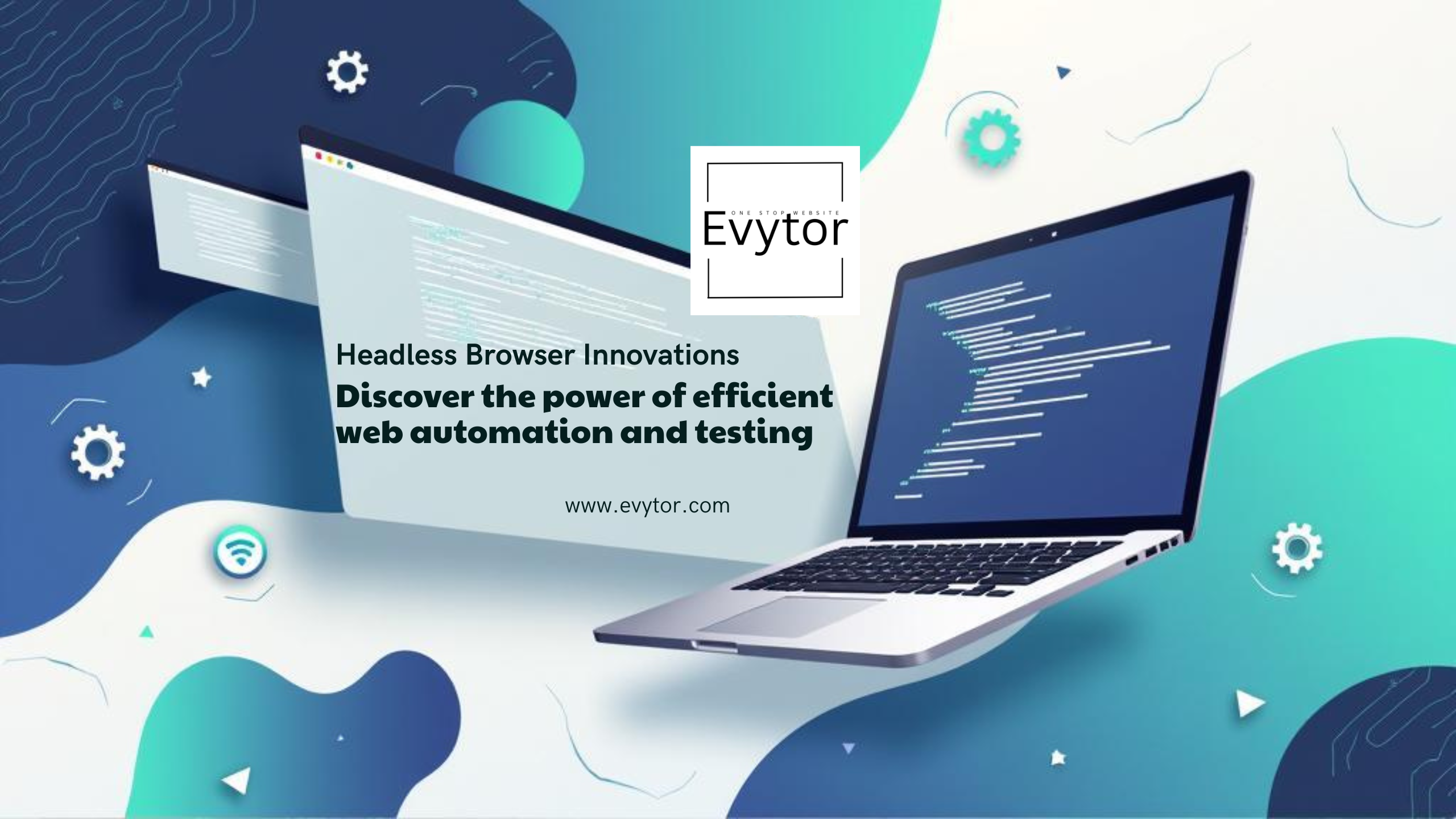The Role of AI in Personalized Fitness Plans
Remember the days of generic fitness plans? The ones where everyone did the same routine, regardless of their unique body, goals, or limitations? While effective to a degree, they often felt like trying to wear a one-size-fits-all suit – rarely a perfect fit. Today, thanks to the incredible advancements in Artificial Intelligence (AI), fitness is undergoing a revolutionary transformation. AI isn't just a buzzword; it's becoming your personal digital coach, tailor-making fitness experiences like never before. But how exactly is AI stepping into this role, and what does it mean for your fitness journey?
The Foundation: Data is King 📊
At its core, personalized fitness powered by AI relies heavily on data. Where does this data come from? It's all around you! Think about your wearable devices – your smartwatch, fitness tracker, smart scale. These devices are constantly collecting information:
- Heart rate zones during exercise
- Steps taken and distance covered
- Sleep patterns and quality
- Calories burned and consumed (if tracked)
- Workout duration and intensity
- Body composition metrics
Beyond wearables, mobile fitness apps collect data on your performance, form (sometimes via video analysis), and subjective feedback (how you felt after a workout). Even things like your mobility, injury history, and stress levels can be factored in.
AI algorithms process this vast amount of data, looking for patterns, correlations, and insights that a human trainer might take much longer to identify, if at all. It's this data-driven approach that makes AI-powered personalization so powerful.
How AI Crafts Your Unique Fitness Path ✨
So, how does AI turn raw data into a personalized plan? It's not magic, but sophisticated computation. Here are some key ways AI achieves personalization:
- Adaptive Workout Planning: Unlike static plans, AI can adjust your next workout based on how you performed in your last one, your recovery level, and even your reported energy levels. Did you crush that last session? It might slightly increase intensity. Feeling sore? It might recommend an active recovery day.
- Technique & Form Analysis: Some advanced AI systems use computer vision to analyze video of you performing exercises. They can provide real-time feedback on your form, helping you avoid injuries and maximize effectiveness. 💡
- Nutritional Guidance: AI can analyze your activity levels, metabolism estimates, and dietary preferences to suggest meal plans or macro breakdowns that align with your fitness goals (weight loss, muscle gain, etc.).
- Injury Prediction & Prevention: By analyzing trends in your performance, recovery, and movement patterns, AI might identify potential overtraining or biomechanical issues before they lead to injury. It can then suggest corrective exercises or rest. ✅
- Motivation & Engagement: AI can learn your habits and preferences to provide timely reminders, motivational messages, and challenges that keep you engaged and accountable.
- Recovery Optimization: Understanding your sleep, heart rate variability, and activity load, AI can recommend optimal recovery strategies, from sleep duration goals to specific stretches or rest days.
This dynamic, responsive approach is a game-changer. Your plan evolves as you do, making it truly yours.
Beyond the App: AI in Gyms and Equipment 🏋️♀️
AI isn't confined to your smartphone. It's also making its way into physical fitness spaces:
- Smart Gym Equipment: Treadmills, bikes, and strength machines are becoming smarter, tracking your performance, suggesting resistance or speed adjustments, and even correcting your form using sensors.
- AI-Powered Personal Trainers: While AI won't replace human trainers entirely, it can augment their abilities, providing them with deeper insights into client data to create more effective programs.
- Fitness Class Personalization: AI could potentially analyze participant data in group settings to offer minor variations or modifications tailored to individuals within the class structure.
The integration of AI across hardware and software is creating a more connected and intelligent fitness ecosystem.
Challenges and Considerations 🤔
While the benefits are clear, it's important to acknowledge potential downsides:
- Data Privacy: Sharing sensitive health data requires trust in the platforms and companies collecting it. Understanding privacy policies is crucial.
- Over-reliance: AI is a tool. It should augment, not replace, listening to your body and seeking professional human advice when needed (especially for injuries or complex health conditions).
- Accuracy Limitations: AI is only as good as the data it receives and the algorithms processing it. External factors not tracked can influence results.
- Cost: Some advanced AI fitness platforms or equipment may come with subscription fees or higher price tags.
Navigating these challenges responsibly is key to leveraging AI effectively for your fitness.
Going Further 🚀 Pro-Tips for Embracing AI in Fitness
Ready to integrate AI into your routine? Here are some ways to maximize its potential:
- Start Small: Begin with a well-regarded fitness app that uses AI for basic plan adjustments or form analysis.
- Wearable Integration: If you don't have one, consider a fitness tracker. The richer the data input, the better the AI output. Ensure compatibility between devices and apps.
- Be Honest with Feedback: Most AI fitness platforms ask for your subjective feedback (e.g., perceived exertion, soreness). Provide this information truthfully; it helps the AI learn about *your* specific responses.
- Combine with Human Expertise: If possible, use AI data insights to have more informed conversations with a physical therapist or human personal trainer. They can add context and address nuances AI might miss.
- Stay Informed on Data Privacy: Regularly review the privacy settings and policies of the apps and devices you use. Understand how your data is being stored and utilized.
Being proactive about how you use AI will enhance its benefits.
The Future of Fitness is Personal 🎯
AI is rapidly transforming the fitness landscape, moving us away from generic advice towards hyper-personalized, adaptive experiences. By leveraging your unique data, AI can help you train smarter, recover better, avoid injuries, and stay motivated on your path to achieving your health and fitness goals. It's an exciting time where technology and wellness are converging to create a more effective and individualized journey for everyone. How do you see AI fitting into your future fitness routine?




